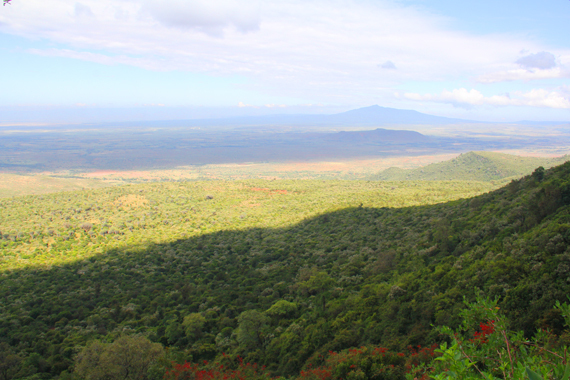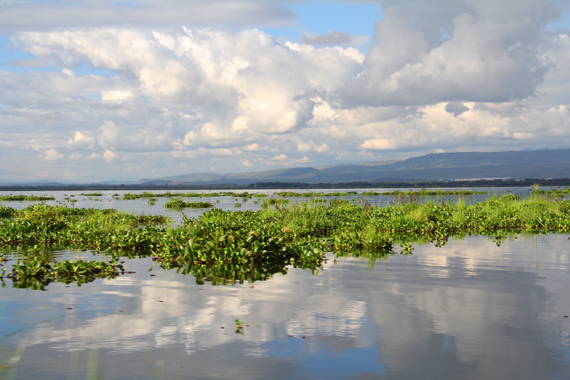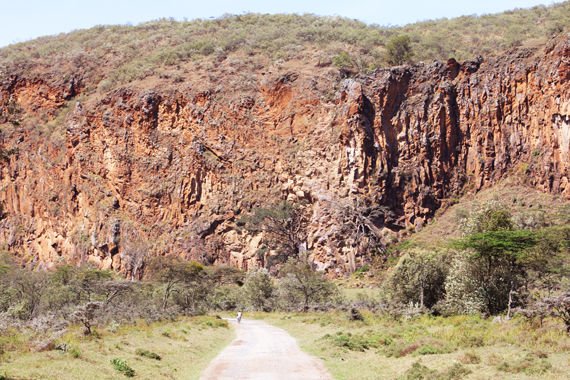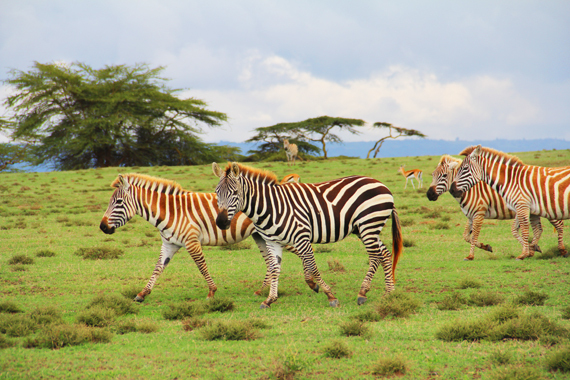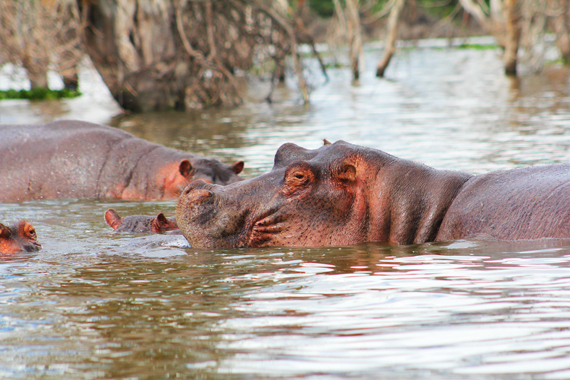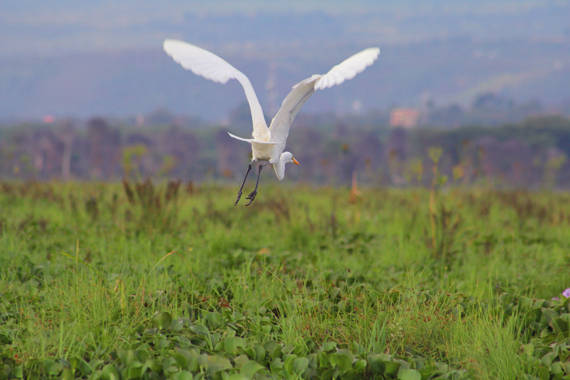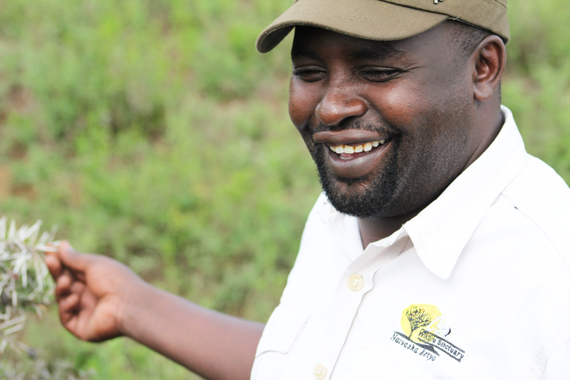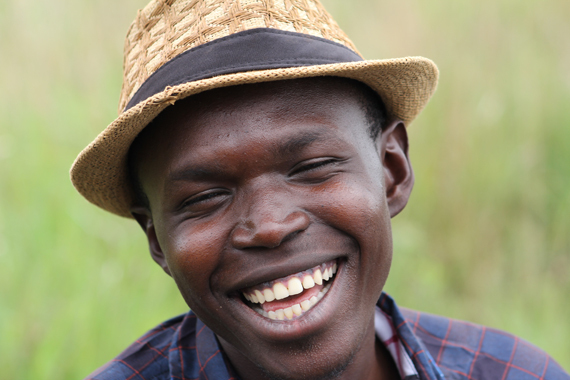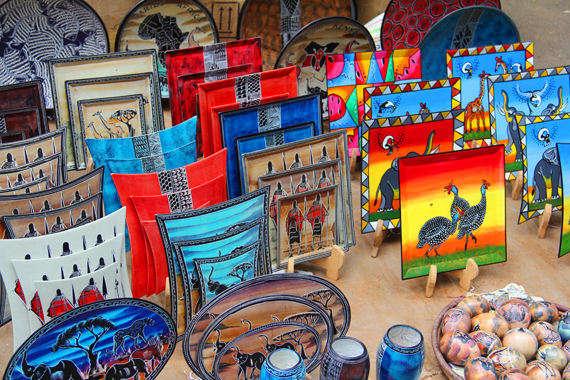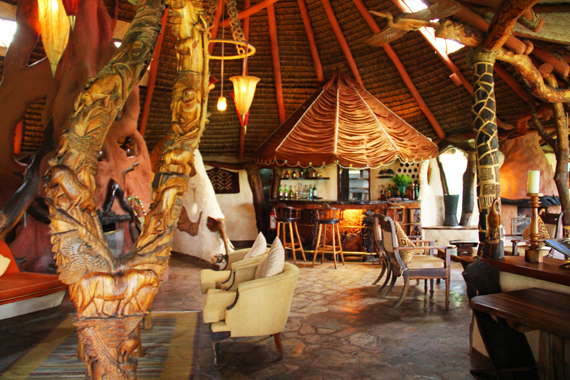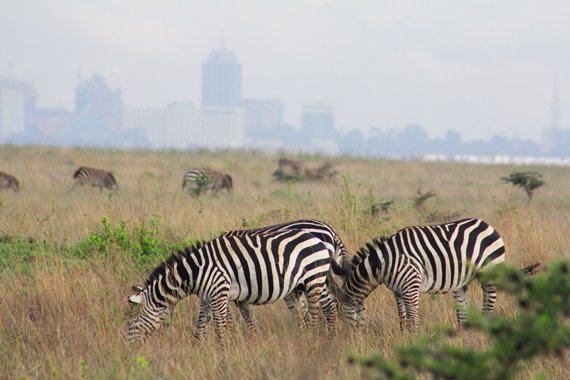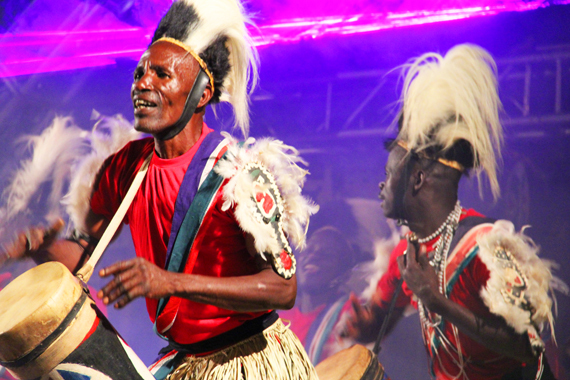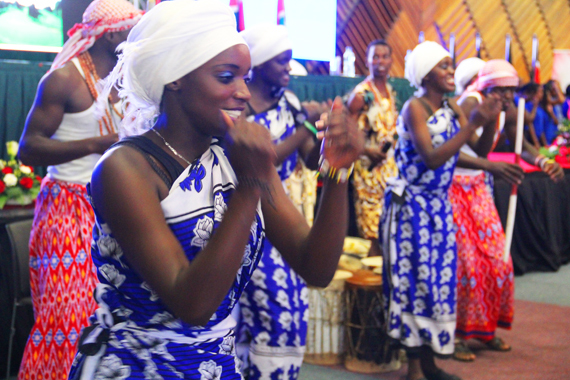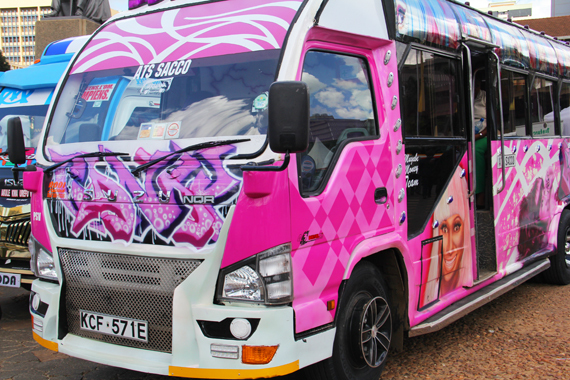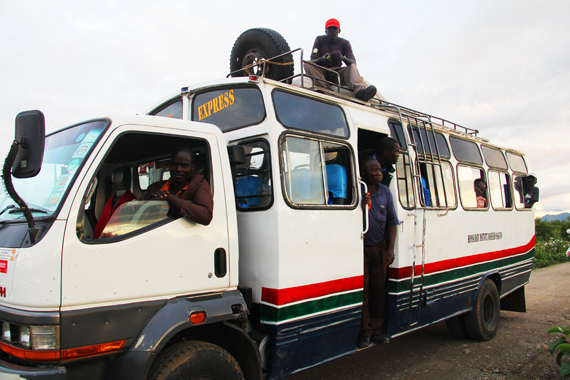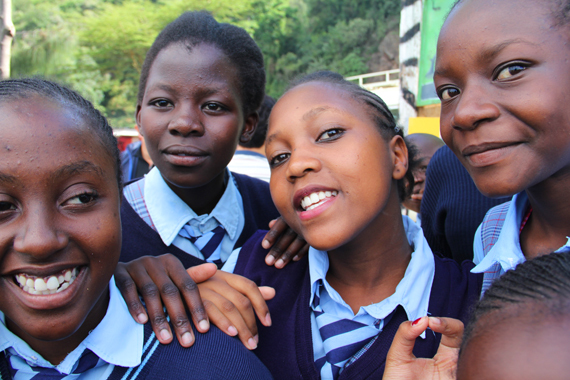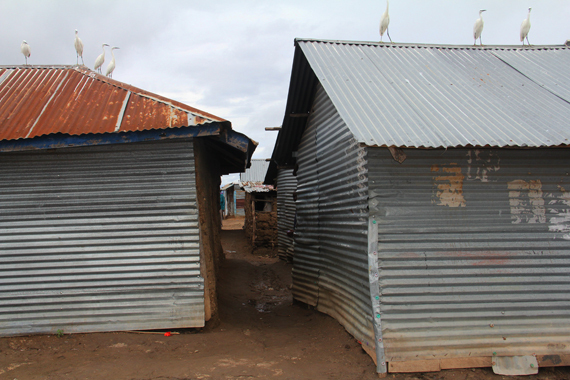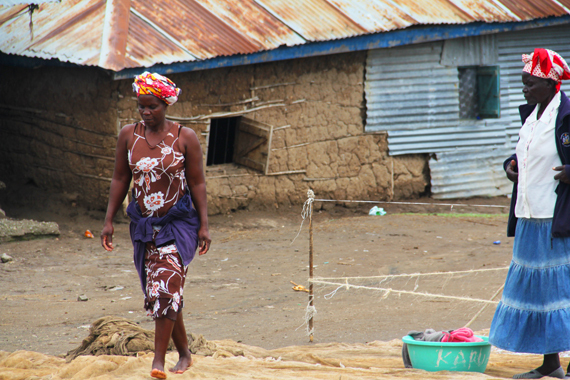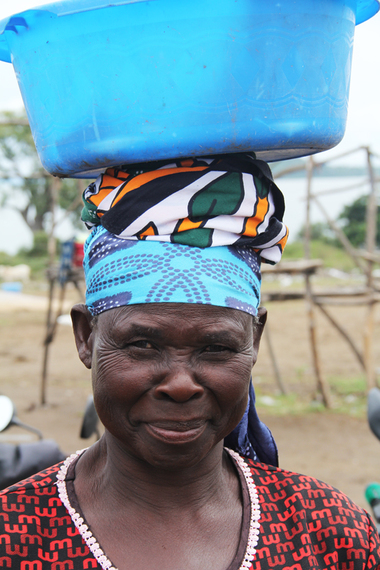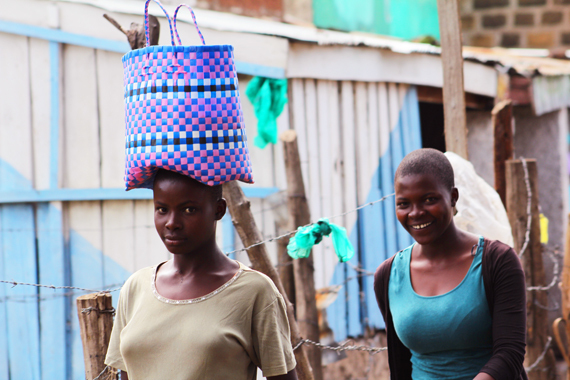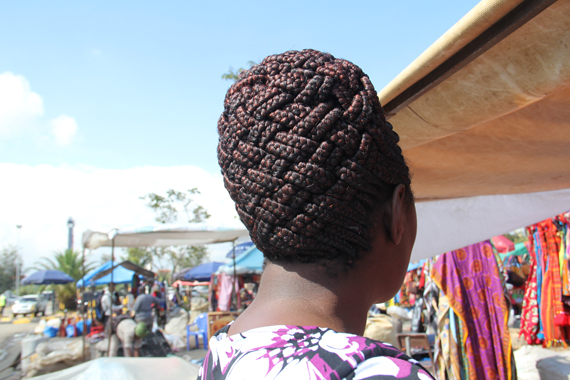"Africa grabs some of us by the throat and once it does, it makes it hard to be anywhere else - you will always be dreaming of Africa." - Unknown.
Magical Kenya, # Why I love Kenya, is the tourism promotion slogan of the Tourism Board of Kenya. And I did fall in love with this African country. Kenya, with its diverse wildlife habitats, its great rift valley and lakes, its prolific bird life and rich culture and crafts, is one of Africa's most successful conservation communities. Paleontologists have found some of the earliest evidence of early man in Kenya's Great Rift Valley, and people call it the 'cradle of civilization' And here are my 10 own reasons for falling in love with this great country!
The variety of landscapes
Despite its size, Kenya sure boasts geographical diversity and that's not just a cliché. Almost every known landform exists within this world in miniature. The equator cuts the country into two halves. From the low-lying coast lands to snow-capped Mt. Kenya, from the tree-dotted plains to the sudden drop into the floor of the Great Rift Valley- these are stunning landscapes. The great African Rift Valley, the prehistoric fissure, is lined by huge volcanoes, such as Mount Kenya and the Longonot. The Rift Valley also has a string of lakes, most of which have been transformed into alkaline waters by volcanic ashes. From the lush, palm-fringed coastline of the Indian Ocean to the hot, wild deserts, Kenya is truly a travelers dream come true. I enjoyed the varied vegetation from the acacia trees to the candelabra trees that look like giant cacti, from gargantuan gig trees to papyrus weeds on lakes.
The safari life
Kenya has always been the iconic home of the safari, immortalized by legendary personalities such as Ernest Hemingway and Karen Blixen. I had a surreal moment when I visited Crescent island on Lake Naivasha. I was so close to wildlife that I could almost reach out and touch them- this wasn't Animal Planet; it was the real thing. Has anyone ever told you how beautiful a monochromatic Zebra's stripes are? Or how graceful Giraffes are? And then we spotted a leopard on the tree with its kill, at a national park. Surrounded by tourists, it seemed not to care about our presence. We also saw herds of wildebeests, sprightly antelopes, elephants, baboons, vervet monkeys, dik-diks and stocky Cape buffalos. We saw more birds than I can remember- from the biggest bird, the ostrich, to secretary birds with quills beneath their ears, the hammer kop that builds gargantuan nests, and pied kingfishers. I loved that the country has many conservancies and national parks which have a dedicated team of rangers, responsible for monitoring and protecting the wildlife, and raising awareness in the communities.
The friendly people
A country is defined by its people, and the Kenyans are a friendly and proud nation despite the fact that there are a number of different ethnic groups, languages, and religions. Their big smiles, especially on children's faces, and the friendly jambo (greetings) and karibu ( welcome) around every corner, goes a long way in making Kenya a welcoming destination! Despite their economic performance, the civil wars and problems that has plagued them, their hearts are always open to outsiders. And their most favorite phrase is, "Hakuna Matata." It means, "No Worries." I was touched when our Land Rover was stuck in the muddy track at a National Park, and a bus carrying school children stopped to help us with the teachers getting their hands and clothes dirty, trying to pull our vehicle out!
The creative art and craft scene
I loved the art and crafts that I saw everywhere- a tribute to the creativity of locals. Handmade bags, jewellery, Kikoys ( local sarongs), baskets and bags, Masai shawls, carved and painted gourds, painted plates and cups, tribal masks, belts and beaded footwear, soapstone carvings, musical instruments like drums, hand carved wooden figurines, paintings, toys made out of old flip-flops, malachite figurines, the list is endless... I loved that all the safari lodges I stayed in had local African art decorating them . From fireplaces that looked like anthills to wooden pillars carved like monkeys to furnishings with zebra stripes, it all followed the same theme. I loved that many craft co- operatives support local communities, and that we encountered craftsmen who transformed waste into products ranging from beautiful jewelry to interiors and architectural fixtures, or toys.
That their capital city actually has a National Park
Nairobi the capital city with skyscrapers, has one of the most unique places in the world - the gates to a national park on its fringes - the only one of its kind on the planet! Two giraffes locked in perfect symmetry, looked straight at me as I drove right past them and the plains started to reveal themselves to me, as I moved deeper into the Nairobi National Park. I saw little baby warthogs crossing the road and herds of impalas and wildebeests. I looked right and a flock of superb starlings took off as the vehicle ahead of me passed them. As I delved into the mysteries of the park, a stunning sight greeted my eyes - the presence of a herd of zebras, silhouetted against the backdrop of the city.
Their vibrant culture and music
With more than 70 ethnic groups, differences in terms of traditions, cultures, languages beliefs, and ways of dressing, music and dance, Kenya is a real melting pot. Many communities have retained their culture in the face of modernity. For example, the Maasai who are famous for maintaining their traditional practices and have resisted numerous attempts at modernization. I loved the rhythms of the music and dances that I saw- costumes that had feathers and colored strips of material to bells and shells. Musical instruments like Ngoma ( drums), reed flutes, long horns, and medieval lyres. For centuries, tribes throughout the country have used songs, and poems to pass on their beliefs, history, and customs. And boy, can they groove and shake their hips! I also enjoyed the Indian connection- a huge trading community that has made Kenya their home for generations and chapattis figure on must menus!
Their cool local transport
You have a choice of a boda-boda (get on the back of a motorbike taxi and cling on) tuk-tuks or a matatu (a minivan decorated with various motifs, which normally is packed with a minimum of 15 passengers at any time and acts like a mobile disco van pumping out peppy music). From women with large sacks of dried fish, to men sitting on the roofs, this is a local experience that you must not stay away from.
The cheerful children
Wherever I drove, there were schoolchildren in neat uniforms walking miles, waving to us and requesting to be photographed. I saw them minding their younger siblings, carrying water in plastic cans, helping their mothers with household tasks and smiling through it. Busy with toys made out of old plastic cans, or a simple skipping rope, sitting on roadsides and chatting or playing football or running through fields chasing goats and cows. No technology, just nature to nurture them.
That it has made me more appreciative of my blessings
Almost 30 percent of Kenyans live on less than $1.25 a day, which the World Bank classifies as extreme poverty. I saw homes without indoor plumbing or electricity. I saw children orphaned by AIDS. I saw people eking out difficult livelihoods, walking great distances with a smile on their faces. I saw homeless people in makeshift homes. I saw people wash dishes on the banks of rivers and lakes. And I really felt blessed that I have what I have.
The strong and lovely women
I loved Kenya because women wrap themselves in brightly-colored khangas and carry their burdens on their heads, straight and strong. I loved that no two women had the same hairstyle. No matter what your socio-economic status is, if you have some money, getting braids or weave is a priority after getting food. Kinyozis (barber shops or hair salons) are probably the most frequent shop you'll see in any town or on any side road. I understand the challenges they face because of gender inequality, oppression, and domestic violence. But I also find out that because of HIV/AIDS, women today head one third of Kenya's households. I hear of successful microfinance projects with women and even one village in Northern Kenya called Umoja, where only women live together. I wish them empowerment and much happiness.
KALPANA SUNDER
The author is a travel writer and blogger based in Chennai, India and her blog can be found at www. Kalpanasunder.com/blog
Photos courtesy of Kalpana Sunder.
Follow Kalpana Sunder on Twitter: www.twitter.com/kalpanasunder
Instagram @KalpanaSunder
Facebook https://www.facebook.com/kapsinjapan
